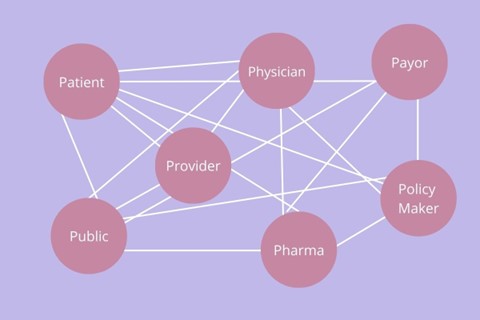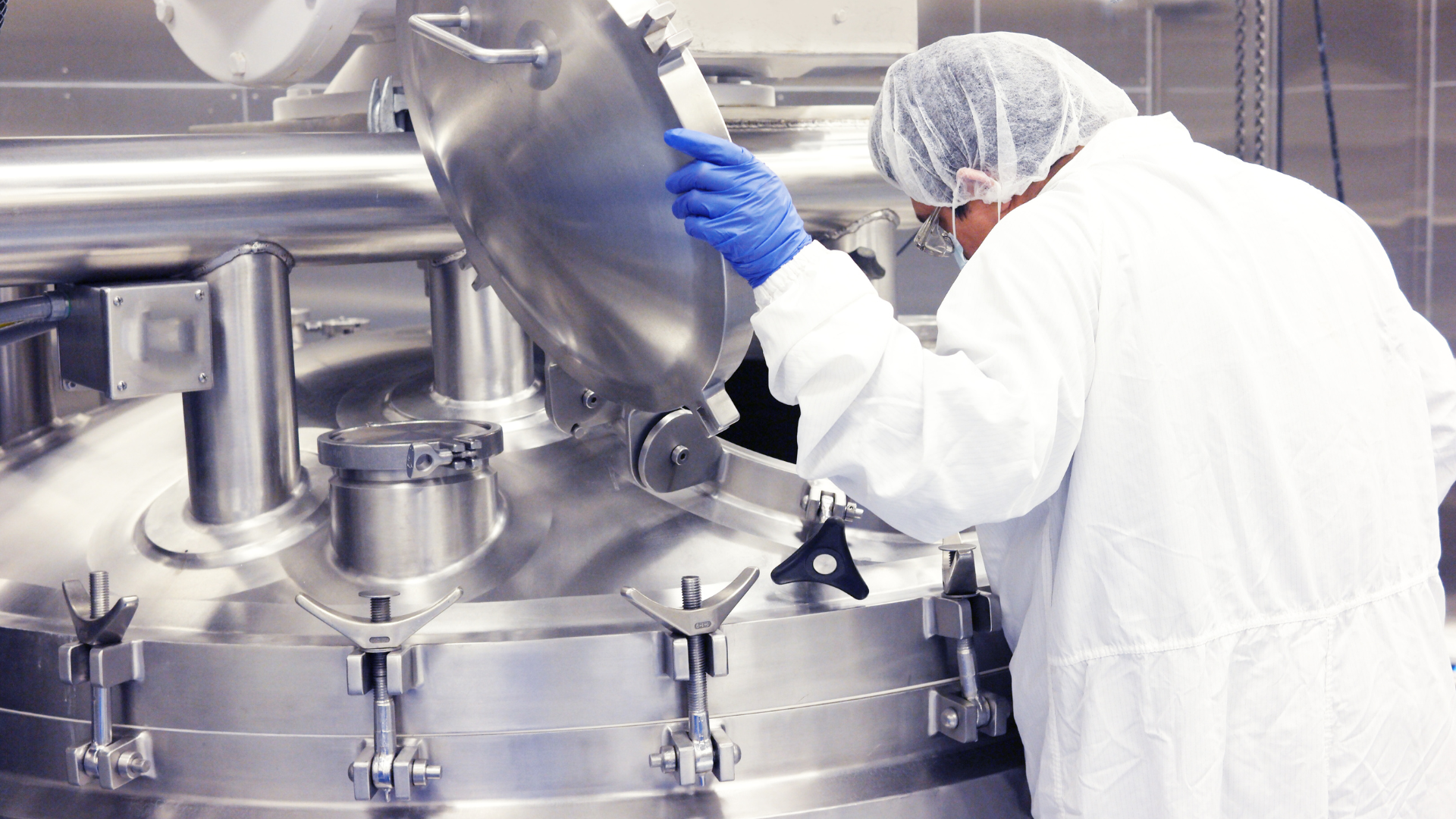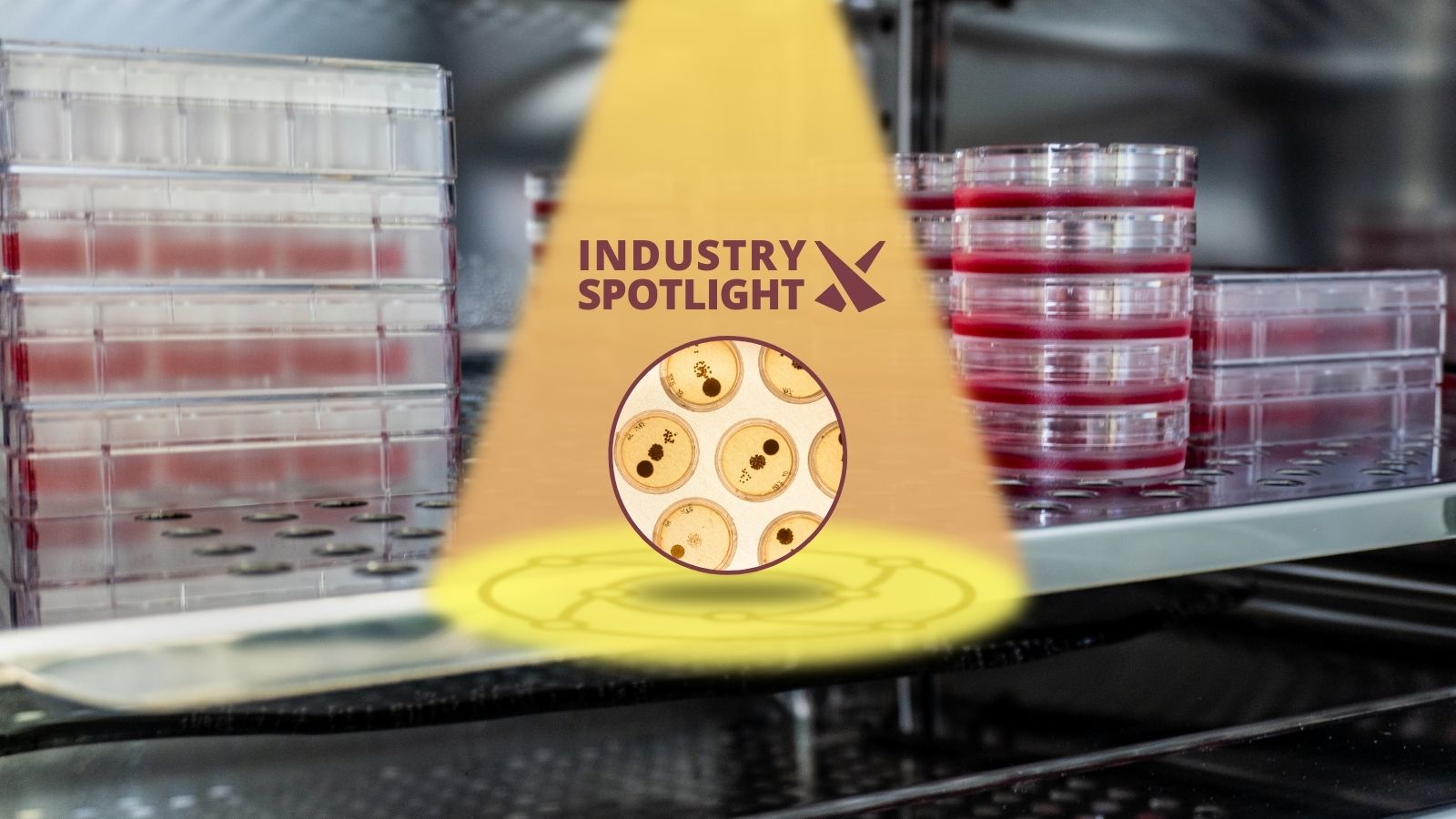Looking into the Crystal Ball: The Future of Disruptive Cell and Gene Therapy Manufacturing

Disruptive innovation requires the utmost visionary capacity and dedication to forward thinking. Take Henry Ford, for example. When asked what inspired his pioneering Ford Model T automobile that revolutionised American transportation during the 20th century, he attributed his success to looking beyond the strictures of accepted forms of ‘knowledge' and thinking outside the box.
Ford has often been quoted (somewhat dubiously) as saying, “if I had asked people what they wanted, they would have said faster horses.” Problem-solving is a key attribute of any disruption. So is the commitment to building a better and systematically optimised approach to the future.
- AAV Manufacturing Using Osmolality
- Developing Meaningful Assays: Balancing Biological Significance and QC-Compatibility
- “Working with CMOs Facilitates an Elegant Development Process into the Clinic”
Much like car manufacturing, cell and gene therapy manufacturing requires continuous innovation. Therapeutic progress can help unlock the next generation of advanced and accessible treatments. But what else is needed to facilitate disruptive development, specifically in the autologous manufacturing space? Besides cross-functional thinking, laser-focus study aim, and a versatile approach to research, having the courage to engage in precocious questing is a surefire way to break through into cutting-edge scientific engineering.
Where will the future of autologous cell and gene therapy manufacturing take scientists? How can the industry transform labour-intensive processes to usher in streamlined and high-speed production? Will decentralised manufacturing and distribution become the preference of tomorrow?
The Legacy of Predictive Thinking: What History Tells us About Soothsayers
Since the beginning of time, there have been those who have tried to see into the future and predict what will happen. Notable soothsayers have spanned many centuries, the most famous being Nostradamus. Despite not always getting it right, Nostradamus did, on the eve of his death, in 1566, correctly prophesise: “You will not find me alive at sunrise.”
“Innovation in the field right now is a multi-disciplinary effort; it is not just happening within the purely scientific arena but across the board.”
Before that, in Ancient Greek mythology, there was Cassandra. Fated by Apollo to utter true prophies but never be believed, Cassandra notably foresaw the deception of the Trojan Horse. Skip forward to the 21st century, and Mark Zuckerberg easily becomes the most contemporary soothsayer. The Facebook founder and CEO in early 2020 had predicted that the coronavirus would forever change the working habits of employees, anticipating the mainstay of the hybrid format.
In medicine, one of the most significant achievements and forecasts came when Alexander Fleming's 1928 discovery of penicillin heralded the dawn of the antibiotic age that would occur during the 1940s. Prior to this, there had been no life-saving substance available to treat infections such as pneumonia, gonorrhoea, or rheumatic fever. Then, in 2012, UniQure were able to break into the future of genetics when they received approval for the first-ever gene therapy in the Western World, Glybera.
Disruptive Cell and Gene Manufacturing
So why is disruptive innovation in medicine so important? Looking back on the legacy of pioneering cell and gene therapy discoveries, a senior representative at Tigen, commented: “the field is coming out of its infancy and will continuously need to evolve.” They explained how diverse thinking would be required to get ahead of the game. “New science, advanced process manufacturing, and novel technologies will enable clinicians to address current roadblocks and stay ahead of the game.”
The rising bottlenecks affecting the cell and gene manufacturing field mainly stem from its complex and highly manual nature. This results in delayed turnaround times and presents a financially and ecologically unsustainable production option. Over-dependency on suppliers can also significantly slow down timelines and add to what are already increasingly high manufacturing costs.

What's more, the large investments being made into cell and gene manufacturing can sometimes pose a logistical difficulty. “In having many involved parties, there can be cumbersome handovers and an excessive number of margins to consider within differing process systems,” the individual said. Developing a future-orientated approach to autologous manufacturing will require implementing an ‘ecosystem' interchange between involved parties.
The Race to Shape the Future
Tigen predicts the need for a better defined and more rigorously implemented collaborative or ecosystem approach to breaking through to the future of cell and gene therapy. “Innovation in the field right now is a multi-disciplinary effort; it is not just happening within the purely scientific arena but across the board,” Tigen confirmed. Key players in this ecosystem range from big and small pharma to care providers, investors, and manufacturers (for an exhaustive list, see image 1).
Future propositions within the joint force will most likely include an improved commitment to decentralised manufacturing. Decentralised manufacturing aims to perform manufacturing locally by building facilities as near to the customer as possible. This is preferable to being centrally manufactured in one location and then distributed far and wide provides as it provides a more patient-focused and sustainable approach.
Although transformative innovation can be risky, it is necessary to ignite the scientific ventures of tomorrow.
As Tigen puts it, “there is also this sense that a need for improved control will become a priority of tomorrow.” For instance, “physicians will require more control over data management and the risk of the black box effect during manufacturing.” The ‘Black Box Effect' refers to an artificial intelligence system, device, or program that provides useful information without revealing any information about its internal workings. The explanations for its results and conclusions remain hidden or ‘black.' Reducing the cost of manufacturing will likewise become central to the future of cell and therapeutics.
How Tigen Will Help Shape the Future
Although transformative innovation can be risky, it is necessary to ignite the scientific ventures of tomorrow. For Tigen, the most urgent change is implementing a patient-centred, on-demand, and on-time manufacturing process. This would mean a standardised and automated approach at reduced costs.
Paired with cross-functional thinking to bring an unlimited treatment capacity to patients, the versatile system could revolutionise the field as we know it. What's more, “in being highly connected from a data perspective, we can greatly improve and streamline through-put time.”
Looking ahead, Tigen are committed to thinking outside the box and to disrupting the field of cell and gene therapy - for patients and society.
*All quotes included in this article are sourced from a senior representative at Tigen as part of a presentation delivered at Oxford Global's Cell UK: In-Person 2021 event.
Want to find out more about the latest stem cell therapy news? Register now for Oxford Global‘s 3D Cell Culture congress incorporates key trends and innovative technologies to accelerate the adoption of 3D models in preclinical research via advanced development, validation and application strategies.






